Fraudeurs een stap voor blijven
De gemeente Nissewaard gebruikt de software voor gezichtsvergelijking van Oribi en Centric Burgerzaken.
Veelgezochte onderwerpen
De gemeente Nissewaard gebruikt de software voor gezichtsvergelijking van Oribi en Centric Burgerzaken.
(Semi-)overheid
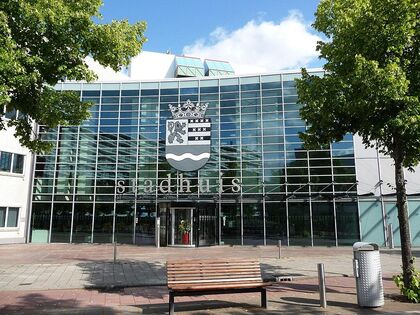
De Gemeente Dijk en Waard maakt gebruik van ID-Burger, inclusief gezichtsvergelijking, om identiteits- en look-a-like fraude te voorkomen.
(Semi-)overheid
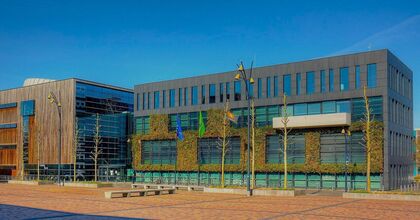
Gezichtsvergelijking aan de zuil
(Semi-)overheid
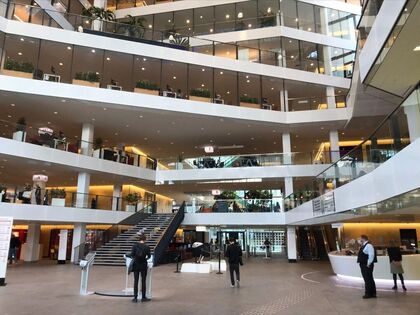
(Semi-)overheid
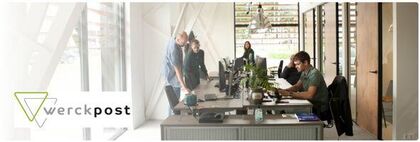
(Semi-)overheid

Het Vredespaleis gebruikt ID-Visitor.
(Semi-)overheid
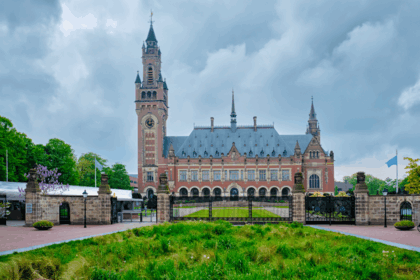
Stad Menen maakt gebruik van ID-Burger.
Industrie
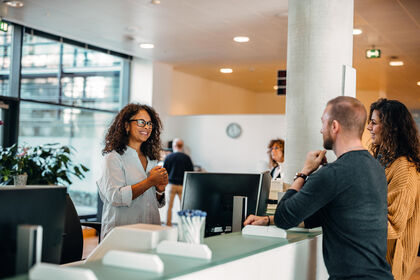
Jan de Rijk Logistics gebruikt ID-Visitor.
Industrie

De Gemeente Geldrop-Mierlo werkt met ID-Burger in combinatie met gezichtsvergelijking.
Industrie
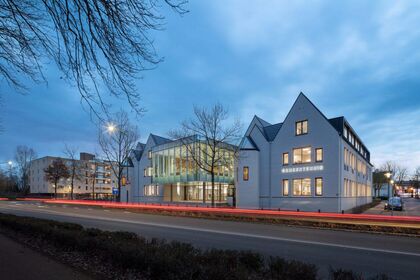
Polned maakt gebruik van ID-Employee om documenten te controleren en om haar administratieve processen efficiënter in te richten.
Industrie
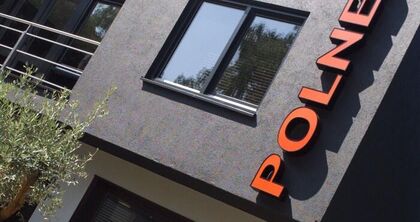
De Gemeente Meierijstad maakt gebruik van ID-Burger om documenten te controleren van Nederlandse en buitenlandse burgers.
Industrie
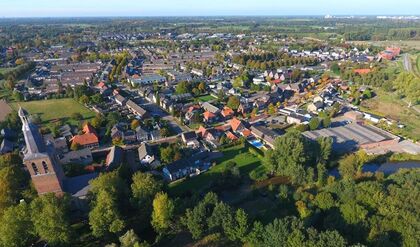
De European Space Agency maakt gebruik van ID-Visitor. Met deze toepassing controleren zij elke bezoeker.
Industrie
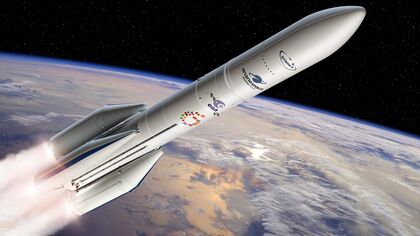
De Gemeente Meierijstad maakt gebruik van ID-Burger om documenten te controleren van Nederlandse en buitenlandse burgers.
Industrie

Eén van de grootste tankopslag van Europa, Odfjell Terminals Rotterdam, werkt met ID-Visitor.
Industrie
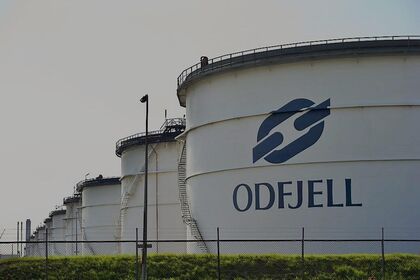
Gemeente Schouwen-Duiveland gebruikt ID-Burger.
(Semi-)overheid
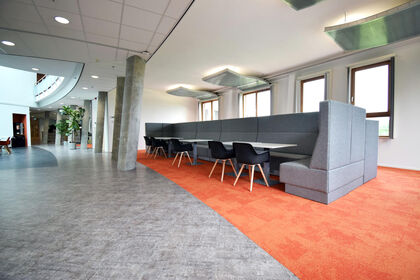
Integratie met Centric Burgerzaken.
(Semi-)overheid
